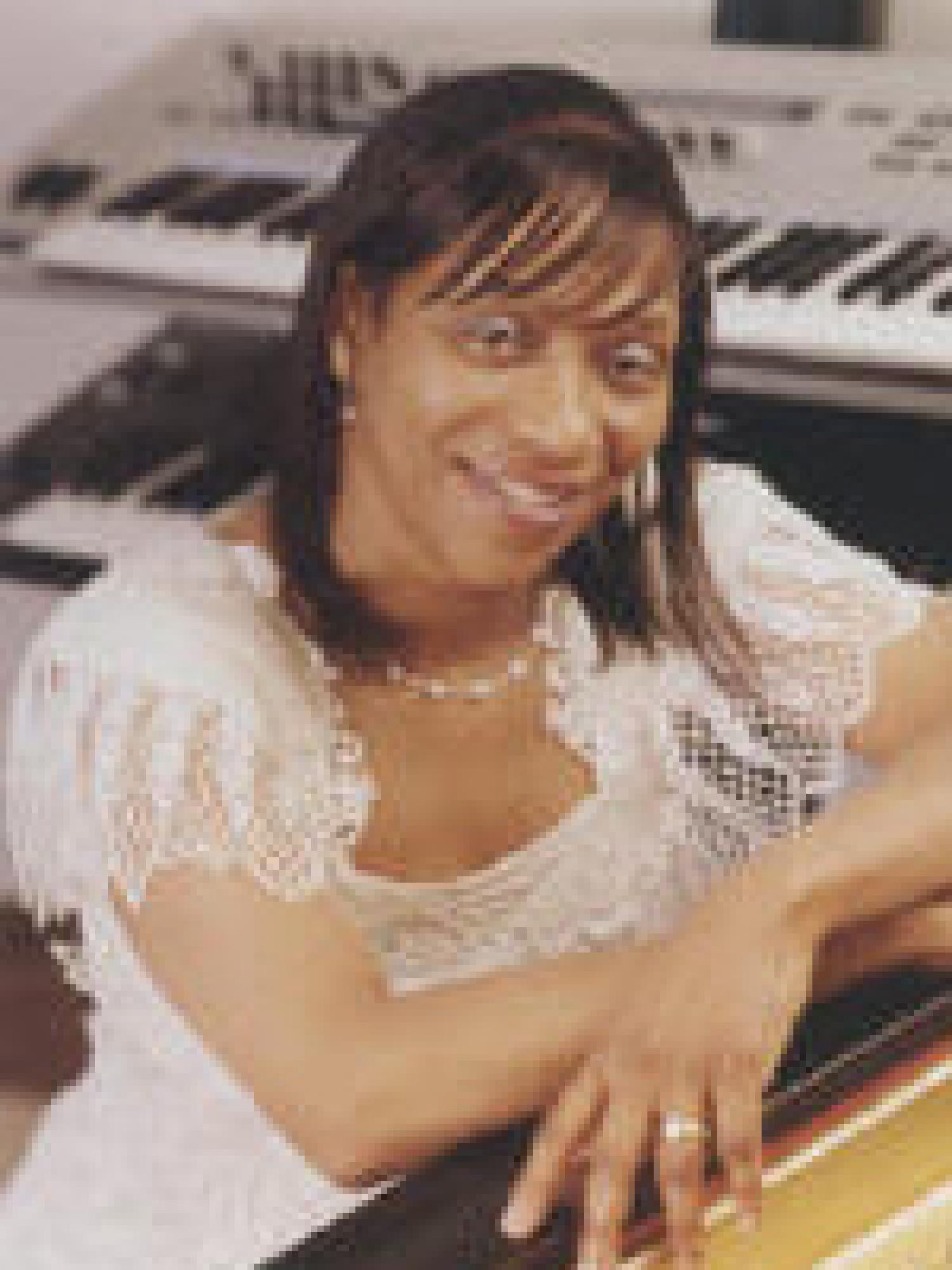“4. Joyfully,” from Moods for Piano, by Lettie Beckon Alston
The Four Moods for Piano were composed in 1993. The fourth mood, Joyfully, is fast paced and rhythmic. It seems like the most technically challenging of the four pieces, mostly because of the speed. The dissonance and syncopation give this piece a lot of energy, and it has a more consistent pulse than the others, which makes it a satisfying finale.
There is a glissando at the end, which could be instructive if students haven’t played glissandi before. Most of the jumps that the hands make are not extremely large, but towards the end the fast chords in the right hand with octaves in the left hand would be hard to make clear while keeping the energy and intensity they need. There is melodic material present in more than one voice, which sounds like call and response. It makes the writing complex to play and to listen to. Sometimes two equally important voices are happening simultaneously. It teaches a different kind of listening, where the student must change their focus quickly between voices. This happens a lot in Bach, but what is different about this music is that the motifs are less rhythmically predictable, so it adds another layer of difficulty.
Lettie Beckon Alston was born in Detroit in 1953. She received her doctorate in composition from the University of Michigan. She composes for orchestra, piano, voice, strings, and other instruments as well as synthesizers and electronically produced sounds.
Sources


